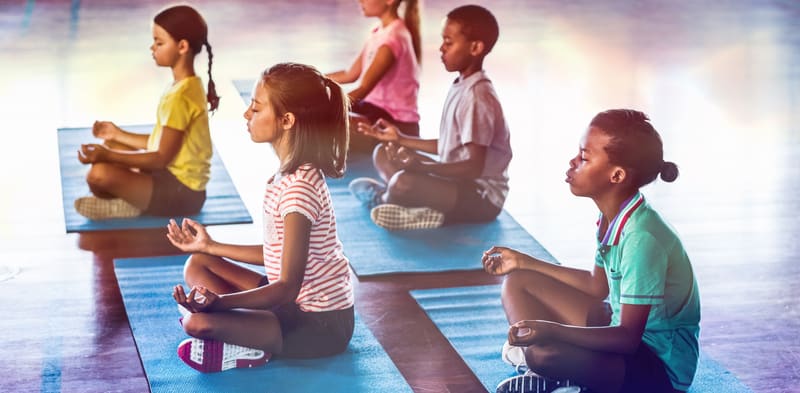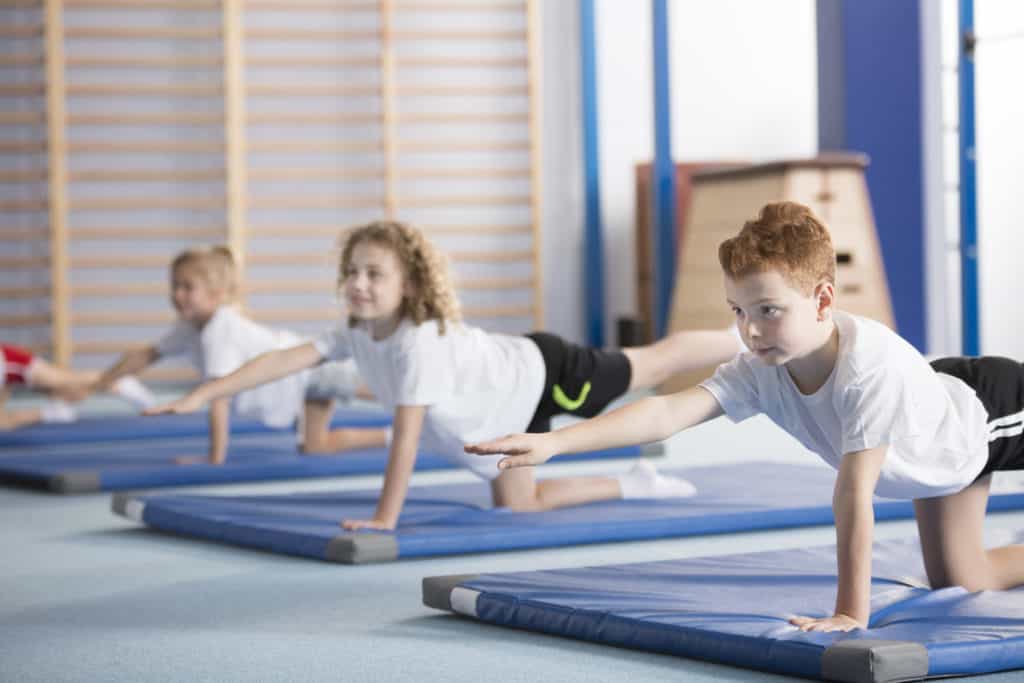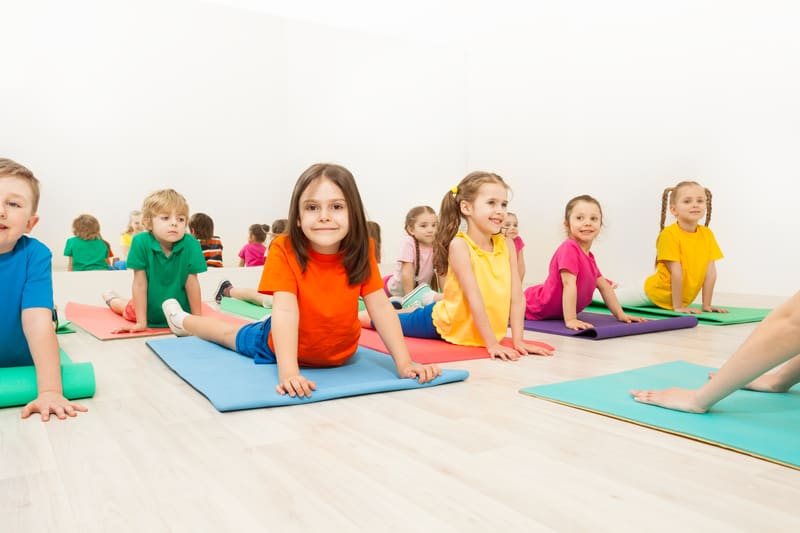Yogi approved by Keira Shepherd, Certified Yoga Instructor with a 1st Class Honors in Education Studies.
with a 1st Class Honors in Education Studies.
We’ve all heard about essential oils and some of the incredible benefits that they can have on our minds and well-being. But how do we bring them into the classroom when teaching people with autism?
In this article, we’ll cover which oils to use during your yoga classes and how, as well as what to consider when teaching yoga and using essential oils when teaching people with autism.
What are essential oils?
Essential oils are compounds that have been extracted from plants through distillation or mechanical methods. The remaining oil contains a pure and robust essence or flavor of the plant that can be used in various ways.
The most common use of essential oils is aromatherapy , where the scent of essential oil is inhaled for health and spiritual reasons.
, where the scent of essential oil is inhaled for health and spiritual reasons.
Inhaling essential oils can stimulate the area of your brain that controls emotion, behaviors, sense of smell, and long-term memory.
Which essential oils should I use during a yoga class?

Here are some of the best essential oils to use during a yoga class:
- Lavender
- Chamomile
- Frankincense
- Rose
- Ylang ylang
- Sandalwood
- Peppermint
- Orange
Frankincense is one of my favorite oils to use during a yoga class due to its ability to promote peace and calm, as well as a heightened sense of inner awareness. I love to use both chamomile and sandalwood during slower floor-based classes – chamomile is excellent for creating a sense of calm, while sandalwood can encourage focus and concentration.
As for the mats, lavender and peppermint are both beautiful scents to add to your spray bottles to keep your mats clean, fresh, and ready for the next class! I that your students will comment on how wonderful their mat smells when first settling in for their practice with you.
How to use essential oils when teaching yoga to those with autism

Essential oils are best prepared in a diffuser – add a couple of drops of your chosen essential oil to the water within your diffuser, and start it at least a few minutes before the beginning of class. You can put the diffuser wherever you like, but next to the door is a popular spot so that students can smell it immediately upon entering the room.
Many teachers like to put oils on students during savasana or cup their hands above their nose to let them deeply inhale the oil for a few breaths. This is probably best avoided when working with people who have autism, as closeness to others and feeling trapped can be a very unpleasant experience for them.
The lovely idea is to add a drop to any pillows that you plan to use during the class – your students will catch the scent now and then throughout the class when using the pillows or cushions as a prop.
If you don’t have access to a diffuser, you could spray the room with your favorite essential oil mix. Mix 1 cup water, ¼ cup witch hazel or vodka (don’t worry, this evaporates!), and 15-30 drops of the essential oil.
Use essential oils within your mat spray to keep the mats clean and smelling fresh – lavender and peppermint are both excellent options for this use.
Common mistakes and how to avoid them
Make sure you avoid the following common mistakes when teaching yoga to children with autism alongside the use of essential oils:
Applying oils topically
Do not apply oils topically (to the skin) without the permission of your students. If you are teaching people with autism, avoid this altogether.
Overuse of oils
Don’t overuse the oils! It’s easy to get carried away with adding just a few extra drops to your diffuser and creating an unpleasant and stifling atmosphere. Start with a few drops and increase only by one or two drops in the next class if it wasn’t enough. Remember that some oils are much more potent than others!
Talk to your students
Ask your students what they like! Don’t be afraid to have a discussion with your students or give them a quiz before the lesson to find out more about which smells they want, and which smells they find offensive and unpleasant. Being prepared and considering their opinions can make your yoga session an even more fantastic experience for your students.
Involve the caregivers
Involve the parents and carers where possible. If you’re ever unsure, speak to the adult closest to your student – they’ll know a lot about what the child finds enjoyable and which stimuli could lead to sensory overload.
Connect with your students
Build a relationship with your students. A lot of students will need to trust you before they can start learning asana from you. Take the first few lessons to get to know your students, maybe reading yoga-related stories before beginning to move slowly into floor-based poses that require minimal movement.
Use your yoga voice
Stay calm and keep your voice slow during lessons to show your students that they can trust and rely upon your calm demeanor during their time spent with you.
Use yoga to reduce other stress factors
Yoga can be a fantastic activity for children to take part in before an appointment or task that they might find stressful. Your class will equip them with relaxation tools that can be really important and useful during those more difficult times.
How to adjust your teaching methods for those with autism
Yoga can provide people who have autism with a variety of essential skills and practices that can be transferred to other areas of life outside the yoga classroom. It’s important to understand the limitations and triggers of those with autism to serve them in the best way possible during their time spent practicing yoga with you.
Teachers need to have an understanding of varying energy levels, as well as the emotional and physical challenges that people with autism face.
Having autism means that students encounter a very different sensory experience to other people. Teachers need to make the yoga room a safe space for children with autism to practice yoga without the fear of experiencing anything unexpected and confusing. I’ll talk about this a little more in the following section.
to other people. Teachers need to make the yoga room a safe space for children with autism to practice yoga without the fear of experiencing anything unexpected and confusing. I’ll talk about this a little more in the following section.
Techniques that can help when teaching students with autism

Savasana can be particularly hard for people with autism. Instead of asking your students to clear their minds, guide them through imagining that they are floating on a cloud. This kind of visualization can give them a quiet focus during one of the most important parts of the yoga class and is something that they can use when stressed outside the classroom too!
Continuing with the importance of visualization, consider using cards with pictures of the poses to help students with autism to practice yoga with minimal stress and maximum guidance. Without language, this can be particularly useful – Stop and Relax curriculum.
Greet each student by name as they enter your classroom; verbal recognition of each individual is critical to help with a sense of belonging and importance.
Give your students verbal praise throughout the class so that they know what a fantastic job they are doing in following your instruction – even if they’re not! When teaching people with autism, it’s the movement and connection that matters most.
How to elicit feedback from those with autism

It’s essential to learn from your students, no matter who they are! So what are the best ways to elicit feedback from students with autism?
Visual cues are great when there is a language barrier. Many people with autism have a lot of trouble with expressing their opinions and emotions. You can make it easier for them by providing them with an emoji chart or something similar that they can point at to show how they are feeling during and after your class.
Stress responses can be avoided when asking direct questions that require only a yes or no answer – start to slowly explore more open-ended questions depending on how the students respond.
Above all, enjoy yourself! Your students will bounce off of your own emotions. Teaching people with autism is one of the most rewarding experiences for a yoga teacher, learn what you can to make sure that you’re prepared before class, and have a lot of fun.
Yoga For Children And Adults With Autism 🧘

Keira Shepherd is a certified yoga teacher living in Toulouse, France. Originally from the UK, Keira received a First-Class Honours degree in Education Studies at Oxford Brookes University after completing her dissertation on the topic of using special technologies when teaching children with autism. Keira is a keen traveler and has spent a lot of time teaching a variety of different practices – such as yoga and scuba diving – around the world. Now settled in France, she is a mother of one and shares her passion for an environmentally sustainable life through her motherhood blog .
.
References
- https://yogainternational.com/article/view/yoga-generates-huge-benefits-for-children-with-autism

- https://www.ncbi.nlm.nih.gov/pmc/articles/PMC3151379/

- http://stopandrelax.net/

- https://onlinelibrary.wiley.com/doi/abs/10.1111/camh.12295

- https://www.tandfonline.com/doi/full/10.1080/2331186X.2019.1634920

